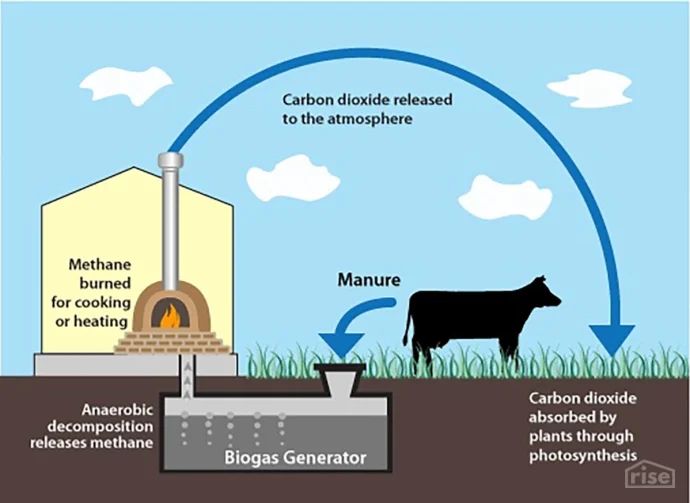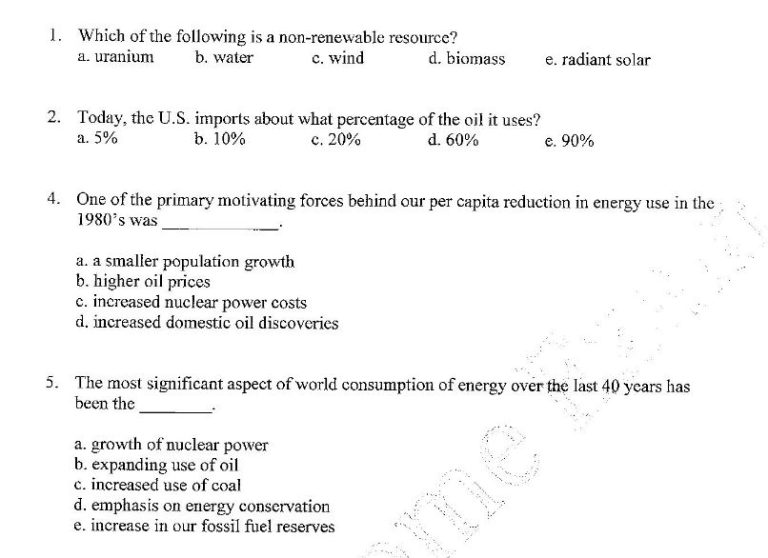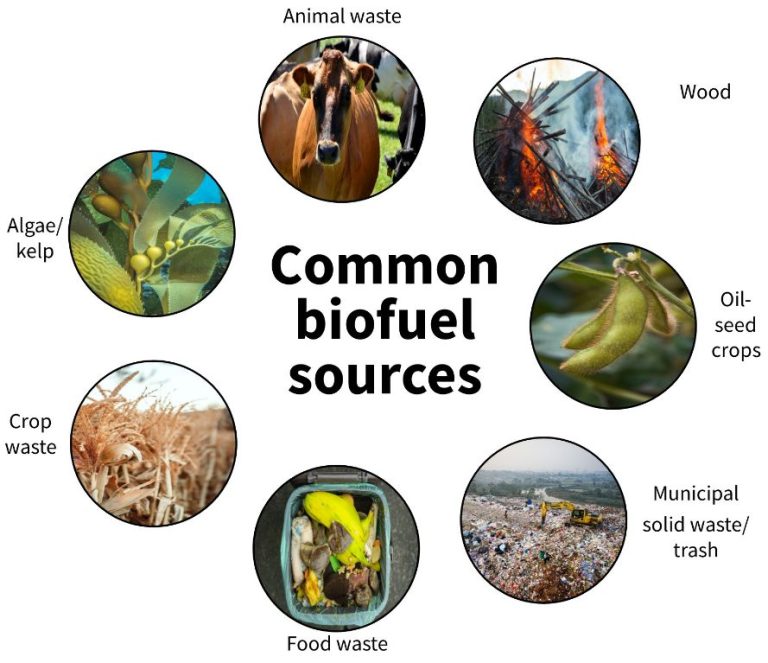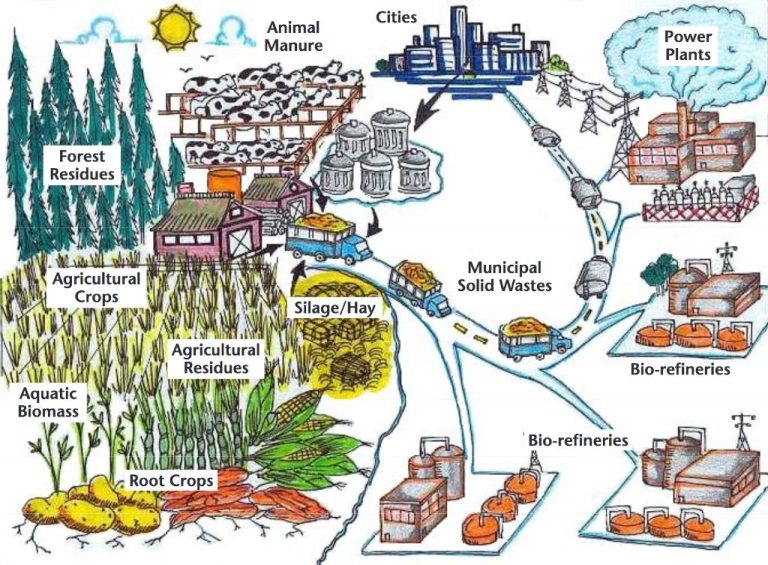Is Bioenergy Environmentally Friendly And Sustainable?
Bioenergy refers to energy derived from biomass, or plant and animal material. The major sources of bioenergy include:
- Wood and woody biomass from forests and wood processing facilities
- Agricultural crops and residue such as corn, sugarcane, miscanthus, and wheat straw
- Food, yard, and wood waste
- Animal manure and human sewage
- Aquatic plants like algae
Bioenergy can be used to generate electricity, produce heat, or make transportation fuels like ethanol and biodiesel. With rising concerns about climate change and energy security, bioenergy is often promoted as a renewable, carbon-neutral energy source.
In this article, we will examine the environmental impacts of bioenergy and discuss whether it is truly sustainable. Topics covered include bioenergy’s carbon footprint, impacts on land use, air and water quality, certification programs, and policy considerations around incentivizing bioenergy.
Bioenergy’s Environmental Benefits
Bioenergy can provide important environmental benefits compared to fossil fuels. Biofuels and biomass can replace coal, oil, and natural gas for energy generation, heating, and transportation fuels. Using bioenergy sources can reduce dependence on fossil fuels and mitigate climate change.
Compared to burning gasoline or natural gas, converting biomass to energy often generates lower lifecycle greenhouse gas emissions. The plants grown for biofuels and biomass absorb CO2 as they grow. This offsets much of the CO2 released when the bioenergy is combusted. Some analyses show biofuels emitting 50-90% less net greenhouse gases compared to equivalent fossil fuel energy.
Bioenergy production can also utilize waste materials as feedstocks. Agricultural residues, forest debris, animal manure, and organic waste streams like municipal solid waste contain embedded energy. Extracting energy from these waste streams reduces methane emissions from landfills and creates useful energy from materials that would otherwise decompose and release emissions.
Concerns Around Bioenergy Sustainability
While bioenergy offers environmental benefits, there are concerns around its sustainability. One major issue is competition with food production for land and water resources. As more land is converted to grow bioenergy crops, it reduces the amount available for food production. This can drive up food prices. There are also concerns that bioenergy production requires large amounts of water for irrigation, which further strains limited water resources.
Another concern is monoculture risks to biodiversity. Many bioenergy crops like corn and soybeans are grown in intensive monocultures. This can reduce biodiversity compared to more natural landscapes. There are risks of soil degradation, increased pesticide use, and ecosystem disruption from converting natural areas into monoculture plantations.
There is also a debate around the carbon debt created when natural landscapes like forests and grasslands are converted to bioenergy crops. This land use change causes a release of carbon stored in soils and vegetation. It may take years or decades for any bioenergy carbon savings to repay this carbon debt from initial land conversion and associated emissions.
First Generation vs Second Generation Biofuels
Biofuels are broadly categorized into first generation and second generation biofuels based on the feedstocks used to produce them. First generation biofuels rely mainly on food crops like corn, wheat and sugar cane as feedstocks. This led to concerns that their production competes with food production and drives up food prices. Second generation biofuels were developed to address these concerns by utilizing non-food crops, agricultural residues, forest residues, and municipal solid waste as feedstocks. The main second generation biofuel sources are:
– Agricultural residues like corn stover, wheat straw, rice straw
– Dedicated non-food energy crops like switchgrass, miscanthus, fast growing trees
– Forestry residues from tree thinning and forest management
– Municipal solid wastes
Second generation biofuels also utilize more efficient thermo-chemical and biochemical conversion processes compared to first generation biofuels. These include Fischer-Tropsch synthesis, cellulosic ethanol production and biomass gasification. The advanced technologies can unlock more energy from the same amount of biomass and result in higher liquid fuel yields.
Certification Systems
There are several certification systems that have emerged to address concerns around the sustainability of bioenergy production. These systems aim to provide standards and accountability around best practices in bioenergy. Some of the major certification systems include:
- The Roundtable on Sustainable Biomaterials (RSB) – One of the first certification systems, created in 2007. RSB has a broad set of environmental, social and economic principles and criteria that bioenergy operations must meet. RSB certified operations undergo annual audits by accredited third parties.
- International Sustainability and Carbon Certification (ISCC) – Focuses on the sustainability of biomass and bioenergy used in European biofuel markets. Covers environmental, social, and economic sustainability criteria.
- Bonsucro – Applies specifically to sugarcane feedstocks and ethanol production. Has a standard built around 5 principles – obeying the law, respecting human rights and labor standards, managing input, production and processing efficiently, actively managing biodiversity and ecosystem impacts, and continuously improving key areas.
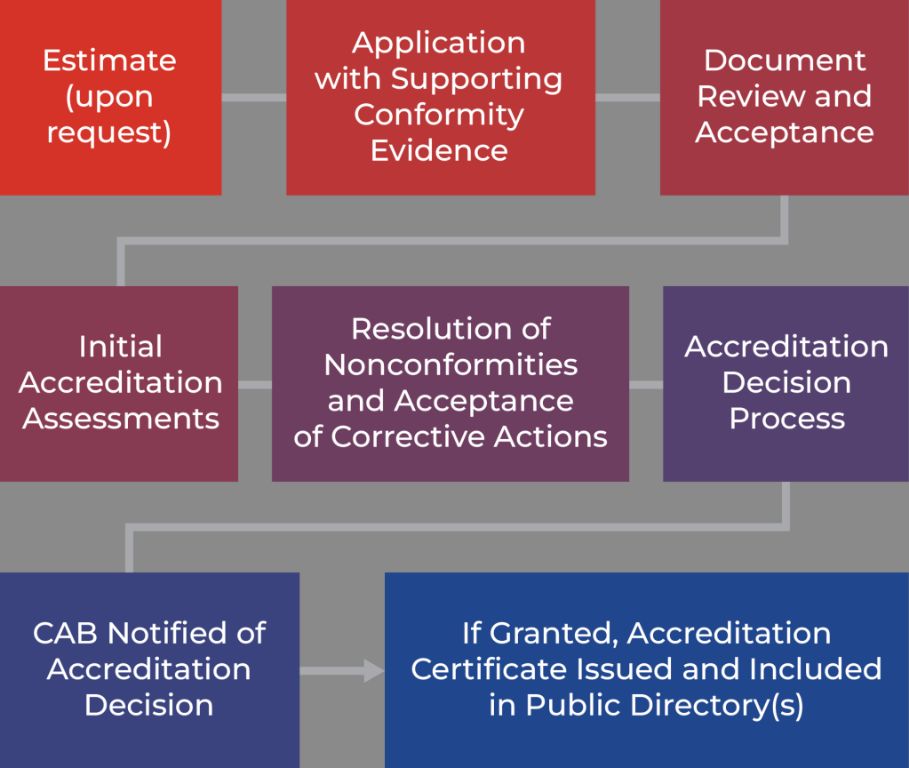
While these certification systems have helped address concerns and brought more oversight to the bioenergy industry, there are still limitations. The standards can be complex for producers to implement, especially smaller operators. There are also critiques about the rigor of auditing processes. However, certification has improved transparency and provides a level of assurance to consumers about responsible production practices.
Case Studies
Brazil is often cited as a bioenergy success story. The country has replaced about half of its gasoline needs with sugarcane ethanol, reducing dependence on fossil fuels. This success was driven by supportive policies like mandatory blending targets for ethanol. However, there have also been concerns around air and water pollution from ethanol production, as well as displacements of food crops.
Indonesia provides an example of the risks around first generation biofuels. The country rapidly expanded palm oil production to meet global demand for biodiesel. But this led to high rates of deforestation and peatland destruction. There were also social conflicts between palm oil companies and local/indigenous communities.
The United States tried to incentivize corn ethanol production through subsidies and mandates. But studies found this provided limited environmental benefits once land use change impacts were considered. It also distorted agricultural markets without significantly displacing petroleum use.
These cases illustrate the importance of supportive policies, proper sustainability regulations, and monitoring environmental/social impacts. Well-managed second generation biofuels may provide more sustainable outcomes. But all forms of bioenergy require carefully balancing costs vs benefits.
Policy and Incentives
Government policies play a major role in shaping the development and adoption of bioenergy. Well-designed policies can accelerate sustainable bioenergy while poorly conceived policies may incentivize practices that are environmentally harmful.
Many governments have implemented biofuel mandates and subsidies to increase production. However, some policies have inadvertently encouraged conversion of forests and grasslands to cropland for biofuel feedstocks. Stronger sustainability requirements for qualifying biofuels are needed.
Tax credits, grants, and other incentives for renewable energy can also boost bioenergy. Policy stability gives investors confidence. Streamlining permitting and siting policies helps lower costs.
Governments should take a technology neutral approach and allow competition between different renewables based on true costs and benefits. Market-based policies that account for externalities are preferred over heavy-handed mandates.
International cooperation and trade in sustainable bioenergy can drive efficiencies and innovation while respecting ecological limits. Governments should collaborate to align policies and prevent leakage of harmful practices.
Well-designed regulations, incentives and standards are critical for realizing the promise of sustainable bioenergy while avoiding pitfalls. Policymakers must be forward-looking and adaptive as technologies and scientific understanding continues advancing.
Future Outlook for Bioenergy
The bioenergy sector is projected to see significant growth and developments in the coming decades. As technology improves and more efficient and sustainable practices emerge, bioenergy is expected to play a larger role in energy systems globally.
Several projections point to bioenergy providing up to 25-30% of global energy supply by 2050. Key drivers for growth include rising energy demand, goals to increase renewable energy usage, and policy incentives for renewable energy. Advanced biofuels, waste-to-energy, biogas, and biomass heat and power are all expected to contribute to the rise in bioenergy capacity.
However, there are still barriers to optimal scale-up of bioenergy. High production costs, land use constraints, feedstock availability limits, and sustainability concerns pose challenges. More research, technological innovations, infrastructure development, and supportive policies will be needed to enable bioenergy to reach its full potential as a renewable, low-carbon energy source.
Overall, the future is promising for sustainable, environmentally-conscious bioenergy. But realizing its immense potential will require overcoming remaining hurdles through coordinated efforts by researchers, industry, policymakers and local communities.
Conclusions
In summary, the environmental benefits and sustainability of bioenergy depend largely on the feedstock source, production methods, and usage. First generation biofuels derived from food crops have raised concerns around indirect land use change and competition with food supplies. However, second generation biofuels from waste biomass show more promise for GHG reductions without these concerns. While some forms of bioenergy can provide carbon neutral and renewable energy, proper sustainability certification and oversight is crucial.
Key sustainability factors to consider include feedstock source, direct and indirect land use change, certification standards, and full life cycle assessments. Further research could examine emerging feedstocks like algae along with techno-economic analysis of different production pathways. More longitudinal field studies on soil health impacts are also needed. Policy incentives will play a key role in supporting sustainable practices and scaling up advanced biofuels. With proper safeguards and technology improvements, bioenergy has the potential to be a major pillar of a renewable energy future.
References
This content cites several sources of information on bioenergy sustainability, including peer-reviewed journal articles, government reports, industry analyses, and non-profit research. Key references are listed below:
Thornley, P., Upham, P., & Huang, Y. (2009). Sustainability constraints on UK bioenergy development. Energy Policy, 37(12), 5623-5635. https://doi.org/10.1016/j.enpol.2009.08.028
U.S. Department of Energy. (2011). U.S. Billion-Ton Update: Biomass Supply for a Bioenergy and Bioproducts Industry. https://www.energy.gov/eere/bioenergy/downloads/us-billion-ton-update-biomass-supply-bioenergy-and-bioproducts-industry
European Environment Agency. (2019). Is Europe living within its limits? Europe’s environmental footprints compared to planetary boundaries. https://www.eea.europa.eu/publications/is-europe-living-within-its-limits
Roundtable on Sustainable Biomaterials. (2020). RSB Principles & Criteria for Sustainable Biofuel Production. https://rsb.org/the-rsb-standard/principles-criteria/
Additional references available upon request.

